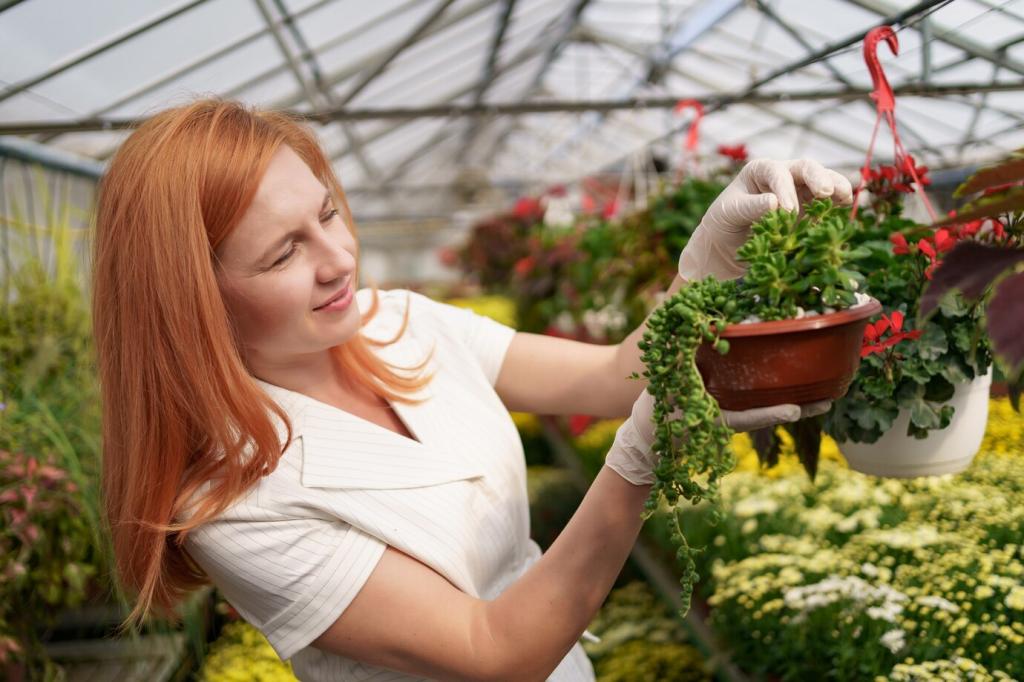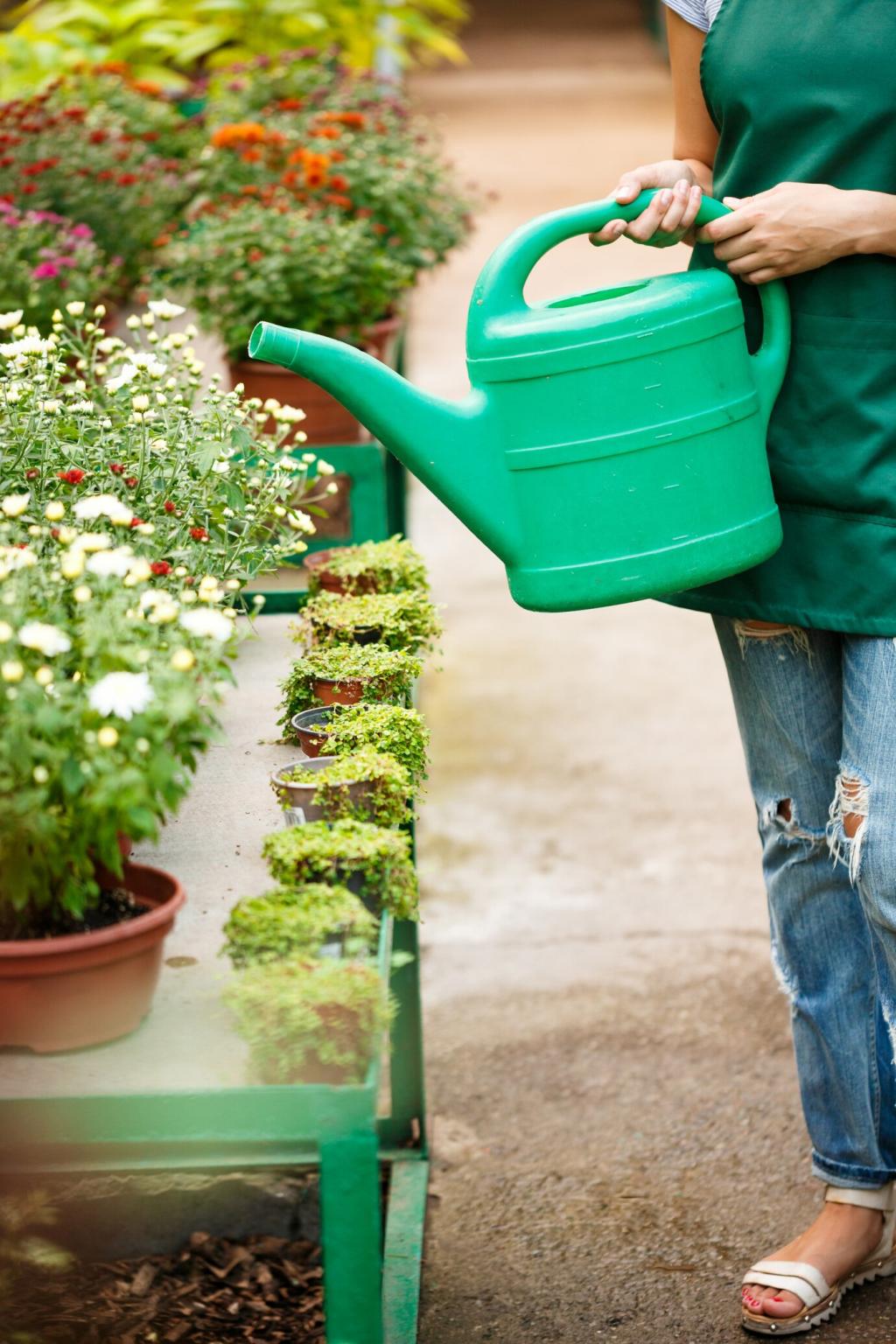Choosing the Right Soil for Indoor Plants in Small Areas
The Role of Drainage and Aeration
Good drainage and adequate aeration are two pillars of healthy indoor plant soil, especially in small containers. Soil that holds too much water can quickly lead to root rot, while soil that drains and dries too fast may deprive plants of essential moisture. The best indoor soils contain ingredients like perlite or vermiculite, which help maintain a balance between moisture retention and air flow. Containers in small spaces often lack the natural drainage found outdoors, so taking extra care with soil structure safeguards against common pitfalls associated with overwatering and stagnant roots.
Texture and Composition Considerations
Texture refers to the feel and makeup of the soil—essential in determining how it supports plant roots. Indoor soils should be light and fluffy, never compacted or heavy, which can suffocate roots and discourage growth. Ideally, a mix of organic materials such as peat moss or coconut coir, blended with mineral content, yields a soil rich enough to nurture most indoor species. Calibrating the composition of your soil ensures that your plants have access to water, nutrients, and oxygen on a consistent basis, vital in containers or pots that may quickly dry out or retain too much moisture.
Indoor vs. Outdoor Soil Differences
Indoor plant soils are distinctly different from those designed for outdoor gardens. Outdoor soils often contain pests, pathogens, and weed seeds that can be detrimental to the confined and controlled environment indoors. Moreover, outdoor soils can be too dense and poorly draining for use in small indoor containers. Using soil specifically formulated for indoor plants—often sterilized and free of contaminants—reduces the risks associated with disease and soil-borne pests, helping your greenery flourish in the unique climate of indoor spaces.


Matching Soil to Individual Plant Needs
Succulents and Cacti: Special Soil Demands
Succulents and cacti thrive in environments that offer rapid drainage and excellent airflow around the roots. Using a specialized cactus mix that contains coarse sand, perlite, and low organic matter prevents excess moisture from lingering, which is crucial to avoid rot. Regular potting soil holds too much water for these desert natives, so opting for a blend tailored to their needs ensures vibrant, healthy growth, especially when their containers must remain small and unobtrusive in your home or office.
Tropical Plants: Moisture and Nutrition Balance
Indoor tropical plants, such as ferns and philodendrons, require a different approach. Their ideal soil retains moisture without becoming soggy and allows a steady intake of nutrients. Amended potting mixes with peat, coco coir, and a dash of bark material provide the perfect base for these lush living accents. Because their roots need ongoing moisture in small pots, mixing in water-retaining components supports their preference for humidity and sustained hydration, making them suitable for the conditions found in most indoor environments.
Herbs and Edible Greens in Small Spaces
Growing herbs and salad greens indoors is both rewarding and practical, but these edibles have specific soil needs for robust flavor and continuous harvest. A rich, loamy mix that includes compost and some sand for drainage offers the right blend of nutrients and structure. Herbs benefit from a soil that warms quickly and has good airflow, allowing you to cultivate flavorful additions to your meals with little fuss. By customizing soil to their culinary favorites, indoor gardeners can enjoy fresh and healthy produce year-round, even in the smallest kitchens.
